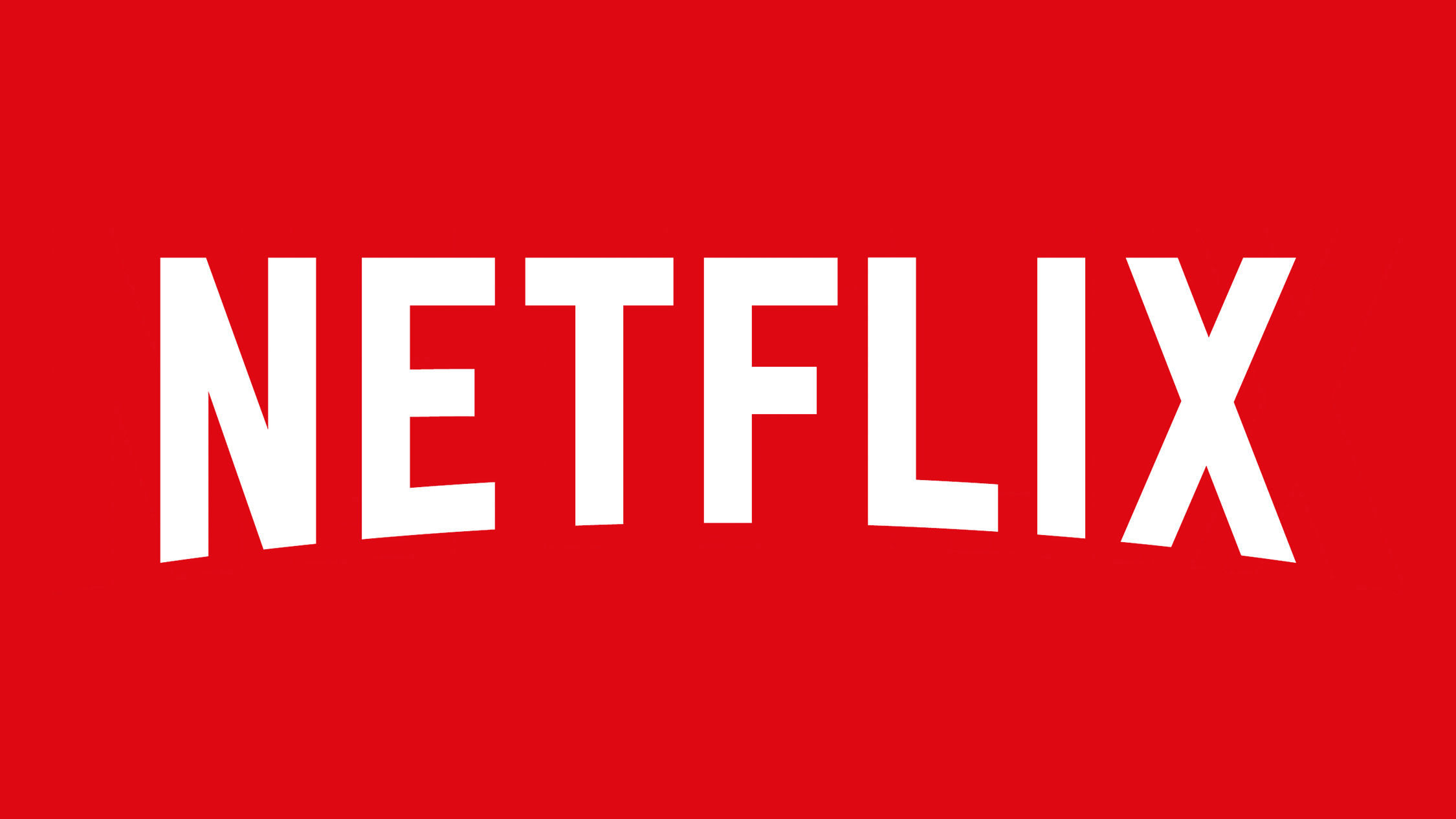Netflix Not Developing App for Vision Pro Because Headset is 'Subscale' and 'Not Relevant' to Subscribers
When the Vision Pro launches, it will not feature some popular apps like Netflix, YouTube, or Spotify, with users instead relegated to accessing these services through the Safari web browser on the device.

In an interview with Stratechery, Netflix co-CEO Greg Peters explained earlier this week that Netflix does not plan to develop a Vision Pro app at this time because the device is "so subscale" that it is "not really particularly relevant" to most Netflix members.
Peters said that Netflix needs to be careful about how money is spent, ensuring that resources are not invested in areas that will not yield a return.
Peters implied that Netflix is not ruling out a future Vision Pro app. "We've always had active discussions to how we could help each other out," he said about Apple. "Sometimes we find a great space of overlap. We can move very, very quickly. Sometimes it takes a little longer."
The Vision Pro is priced at $3,500, which puts it out of range of many of Apple's customers, and Apple is manufacturing a limited number of the devices in 2024, according to rumors. Apple analyst Ming-Chi Kuo recently said that Apple sold between 160,000 to 180,000 units when pre-orders launched, and that the company will only ship around 500,000 units for the year.
Despite early demand, Kuo said that the Vision Pro is "still a very niche product," a view that appears to be shared by some notable companies not creating apps for the device.
The Vision Pro is able to run iPad apps with little to no effort from developers, but Netflix has opted not to allow the Netflix iPad app to be available on the headset. Peters did not explain why. Instead, Netflix subscribers will need to watch Netflix through the Vision Pro web browser.
This article, "Netflix Not Developing App for Vision Pro Because Headset is 'Subscale' and 'Not Relevant' to Subscribers" first appeared on MacRumors.com
Discuss this article in our forums
Source: TechRadar

In an interview with Stratechery, Netflix co-CEO Greg Peters explained earlier this week that Netflix does not plan to develop a Vision Pro app at this time because the device is "so subscale" that it is "not really particularly relevant" to most Netflix members.
Peters said that Netflix needs to be careful about how money is spent, ensuring that resources are not invested in areas that will not yield a return.
You got to a good one really quick there already. Not by any unwillingness or lack of desire to do that, but even when you note we look at as close to ubiquity on devices perspective, the decisions that lead to that are we try and be very rigorous about, "What's the effort to integrate on any given set of devices and what's the benefit for the members that we serve?". We have to be careful about making sure that we're not investing in places that are not really yielding a return, and I would say we'll see where things go with Vision Pro. Certainly we're always in discussions with Apple to try and figure that out but right now, the device is so subscale that it's not really particularly relevant to most of our members.
Peters implied that Netflix is not ruling out a future Vision Pro app. "We've always had active discussions to how we could help each other out," he said about Apple. "Sometimes we find a great space of overlap. We can move very, very quickly. Sometimes it takes a little longer."
The Vision Pro is priced at $3,500, which puts it out of range of many of Apple's customers, and Apple is manufacturing a limited number of the devices in 2024, according to rumors. Apple analyst Ming-Chi Kuo recently said that Apple sold between 160,000 to 180,000 units when pre-orders launched, and that the company will only ship around 500,000 units for the year.
Despite early demand, Kuo said that the Vision Pro is "still a very niche product," a view that appears to be shared by some notable companies not creating apps for the device.
The Vision Pro is able to run iPad apps with little to no effort from developers, but Netflix has opted not to allow the Netflix iPad app to be available on the headset. Peters did not explain why. Instead, Netflix subscribers will need to watch Netflix through the Vision Pro web browser.
This article, "Netflix Not Developing App for Vision Pro Because Headset is 'Subscale' and 'Not Relevant' to Subscribers" first appeared on MacRumors.com
Discuss this article in our forums
Source: TechRadar